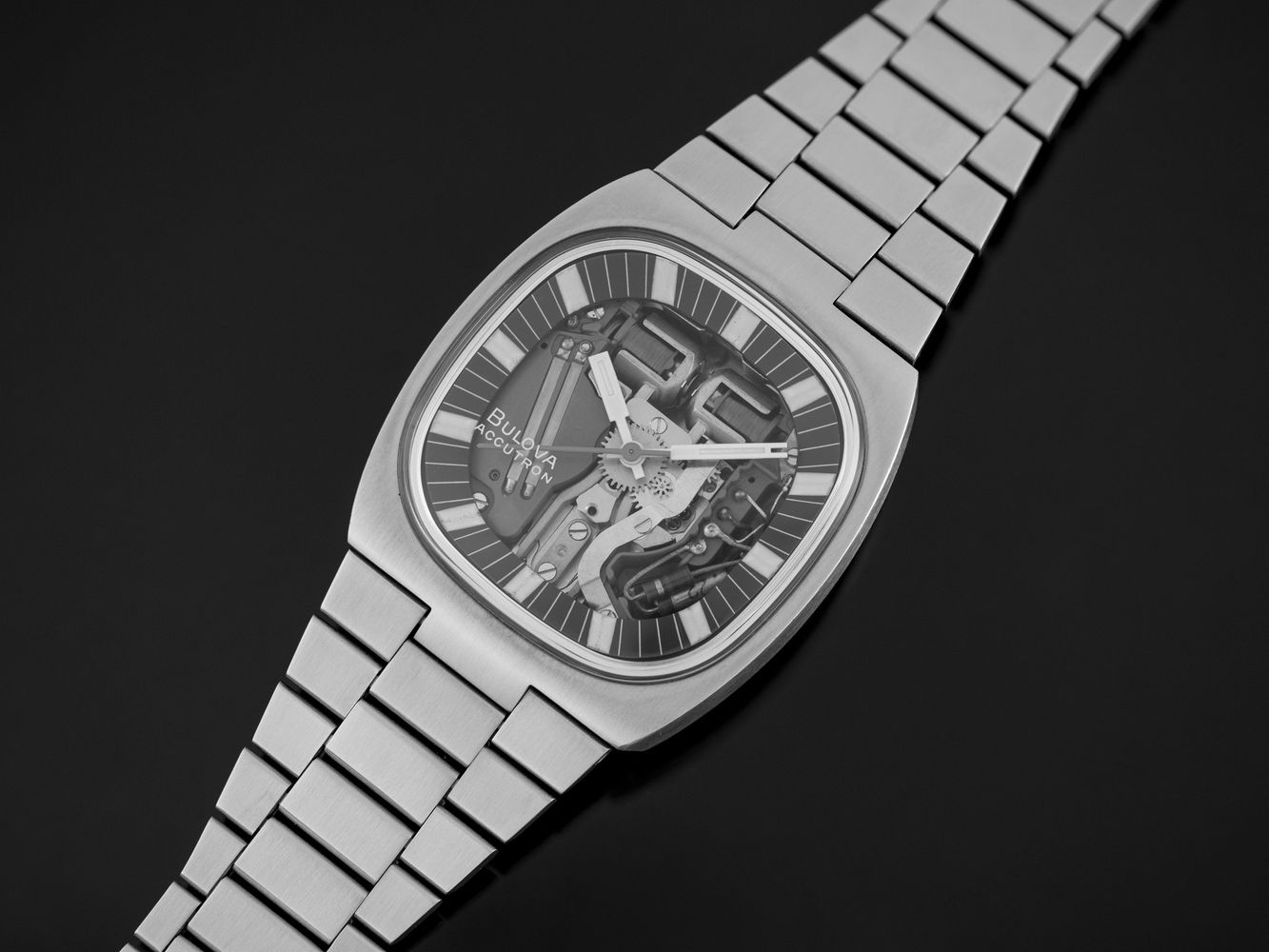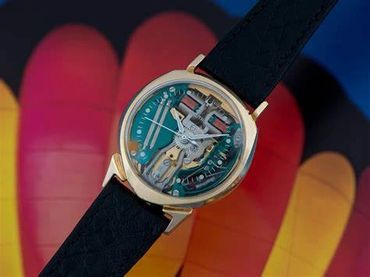309-287-2627, bob@mybob.net, Hi, I'm Bob.
Expert Accutron Repair, Accutrons for Sale, Accutron Service

309-287-2627, bob@mybob.net, Hi, I'm Bob.

Bulova recommended. The best! At MyBob.net, we have been providing top-quality accutron repair services for over 25 years. Free estimates. I am dedicated to restoring your timepiece to its original condition inexpensively...a lot less than my competitors.
Spaceview repair, Astronaut repair, Accutron Service.
#1 Accutron repairer. I've been doing accutron repair and accutron service for 25 years. Accutron repair is my specialty. I am the lowest priced Accutron repair service in the US, am recommended by thousands and have been recommended by Bulova to many people. I currently have a 2 week turnaround upon receiving payment.
Accutron Repair, 2 week turnaround, Spaceview Repair, Accutron Astronaut Repair, Accutron clock repair, Accutron Service, Accutron Restoration, Accutron railroad repair, accutron repair, I have been recommended by Bulova and am recommended by thousands, truly the best and most affordable accutron repair out there.
Mon | 09:00 am – 05:00 pm | |
Tue | 09:00 am – 05:00 pm | |
Wed | 09:00 am – 05:00 pm | |
Thu | 09:00 am – 05:00 pm | |
Fri | 09:00 am – 05:00 pm | |
Sat | Closed | |
Sun | Closed |











